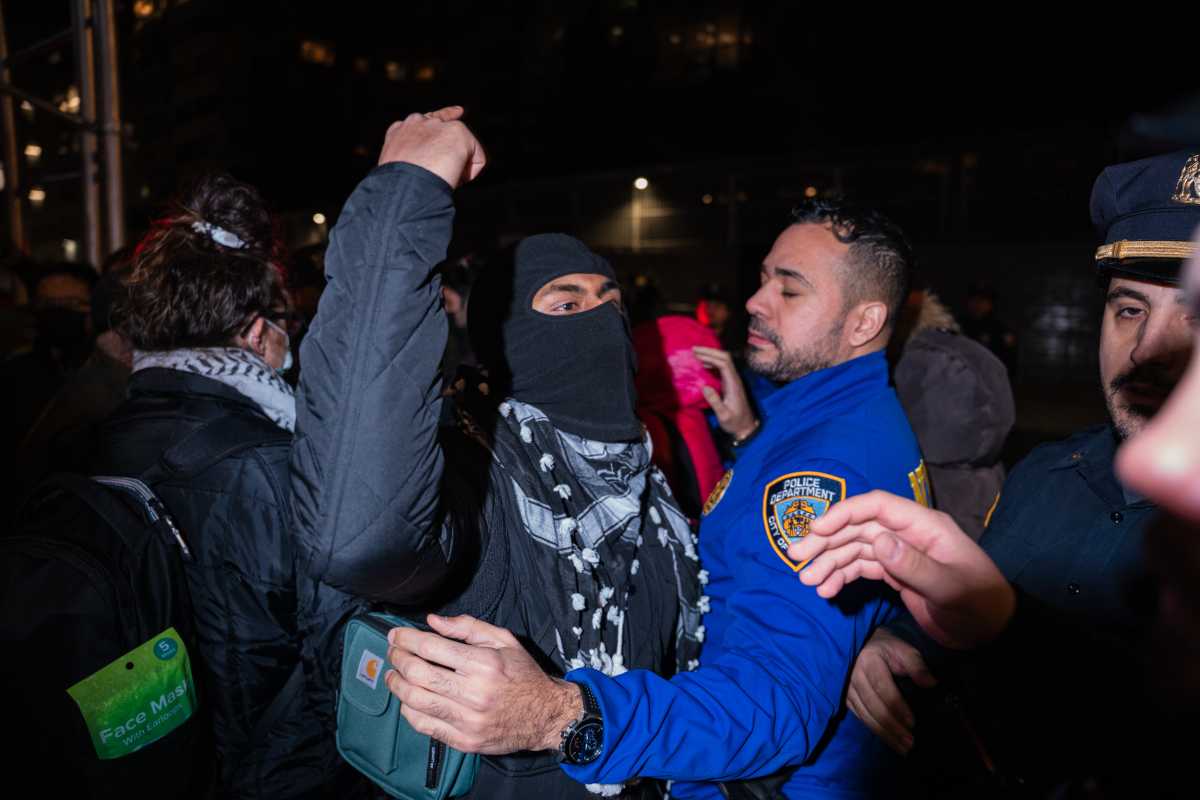Peaceful protests matter more than most people think. Researchers have found that nearly every nonviolent movement with active participation from at least 3.5 % of the population has succeeded in bringing down an authoritarian regime or radically changing government policy. In fact, the evidence is so strong that the study refers to the concept as the “3.5% Rule.”
The 3.5% rule was developed in 2013 by Erica Chenoweth of Harvard University, assisted with foundational research by Maria Stephan and Christopher Shay. Their results were published in their book, “Why Civil Resistance Works: The Strategic Logic of Nonviolent Conflict.” They studied 323 worldwide occurrences of violent and nonviolent campaigns to overthrow national leaders or create independent territory between 1900 and 2006. They cautioned that the figure is a descriptive statistic and not a hard and fast law, emphasizing the importance of other factors such as strategic leadership, organization, and momentum. The researchers concluded that every movement with at least 3.5% popular participation succeeded in its goals. They also concluded that nonviolent movements are twice as likely to succeed as violent campaigns because four times as many people tend to reject violence and will more readily join a nonviolent movement which they support.









